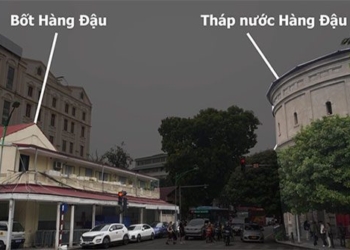Like many types of machinery, air conditioning has undergone over a century of development to become as modern and compact as it is today.
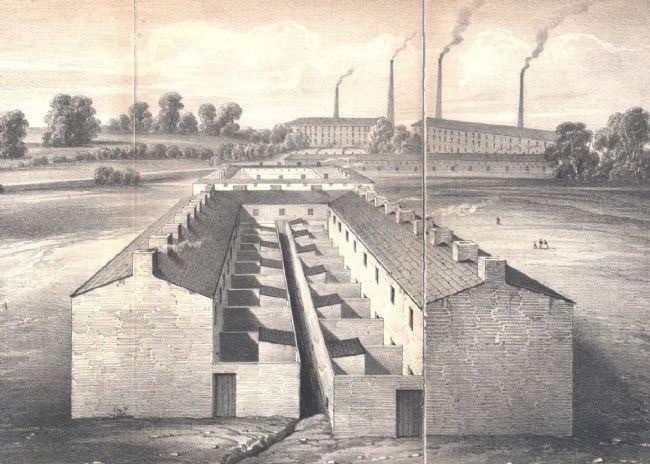 In the late 19th century, the expansion of the manufacturing industry and factories drove the model of air control, regulating humidity and temperature to ensure the quality of produced food and beverages while enhancing the productivity of workers. (Image: Twitter /The Cultural Tutor).
In the late 19th century, the expansion of the manufacturing industry and factories drove the model of air control, regulating humidity and temperature to ensure the quality of produced food and beverages while enhancing the productivity of workers. (Image: Twitter /The Cultural Tutor).
In 1820, during experiments to liquefy ammonia gas, British chemist Michael Faraday discovered that evaporating liquid ammonia could cool the surrounding air. His discovery laid the groundwork for the creation of the world’s first electrically powered air conditioning units.
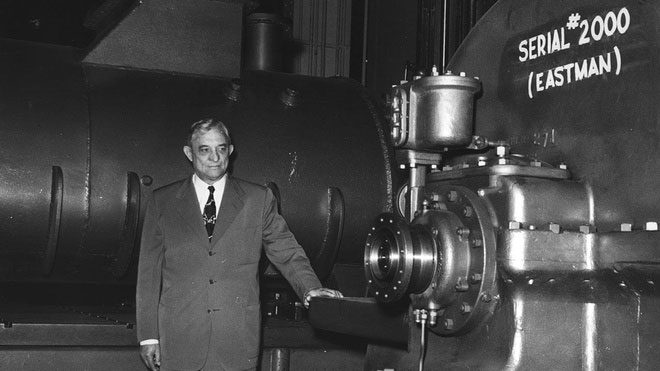
In 1902, American engineer Willis Haviland Carrier invented the first electric air conditioning unit. This invention primarily focused on adding humidity to the air. Specifically, Carrier’s system could control up to 55% humidity within air ducts cooled by ammonia. This air conditioning unit was subsequently used in a printing plant in New York. By 1911, Carrier developed a new cooling formula with appropriate humidity levels that is still in use today. He also replaced the highly toxic ammonia with safer dieline in 1922. (Image: committedtocomfor).
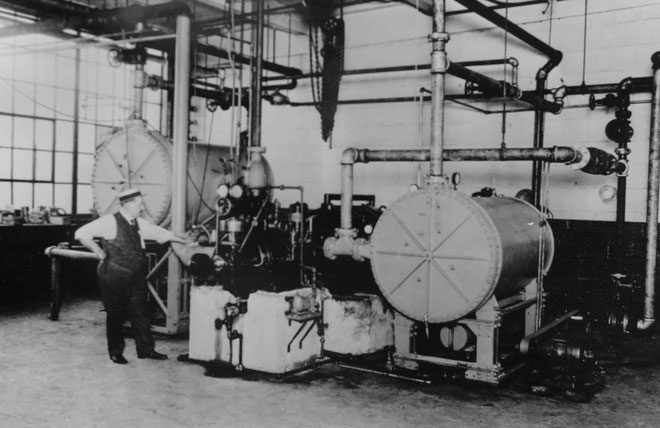
Early air conditioning units were large and heavy, making installation and relocation cumbersome. Initially, these air conditioning systems were mainly installed in factories and the homes of the super-rich with large villas. (Image: Time).
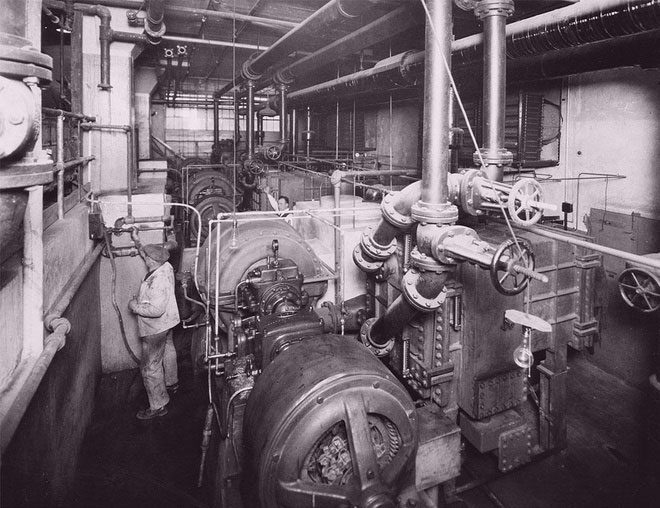
Three early air conditioning units, weighing a total of 75 tons, were installed in a candy factory in 1923, occupying the entire space of a large room. (Image: Carrier air-conditioning company).

By 1957, German engineer Heinrich Krigar created the first centrifugal compressor, which helped reduce the size of air conditioning units and increase their operational efficiency. With this technology, air conditioners were produced smaller, lighter, quieter, and more efficient. In later years, air conditioners were manufactured with many new technologies, becoming superior and increasingly environmentally friendly. (Image: Picgra).
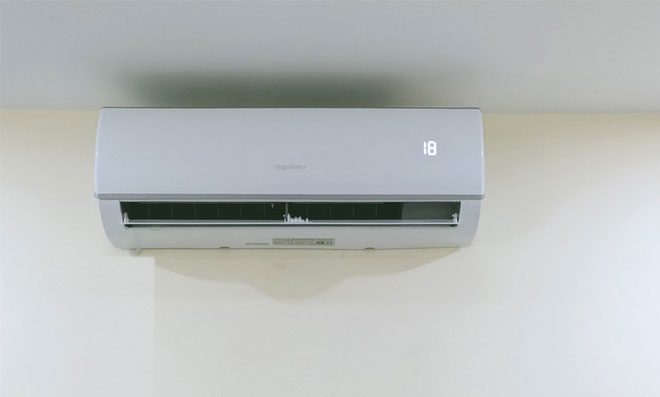
Today, air conditioning plays a vital role in people’s lives, especially during hot days. Most air conditioners today utilize Inverter technology. This technology uses variable frequency compressors to achieve the desired temperature with minimal temperature amplitude fluctuations, helping save energy consumption. This type of air conditioner is the most widely used today and is predicted to continue to develop and gain popularity in the future. (Image: LG).









































